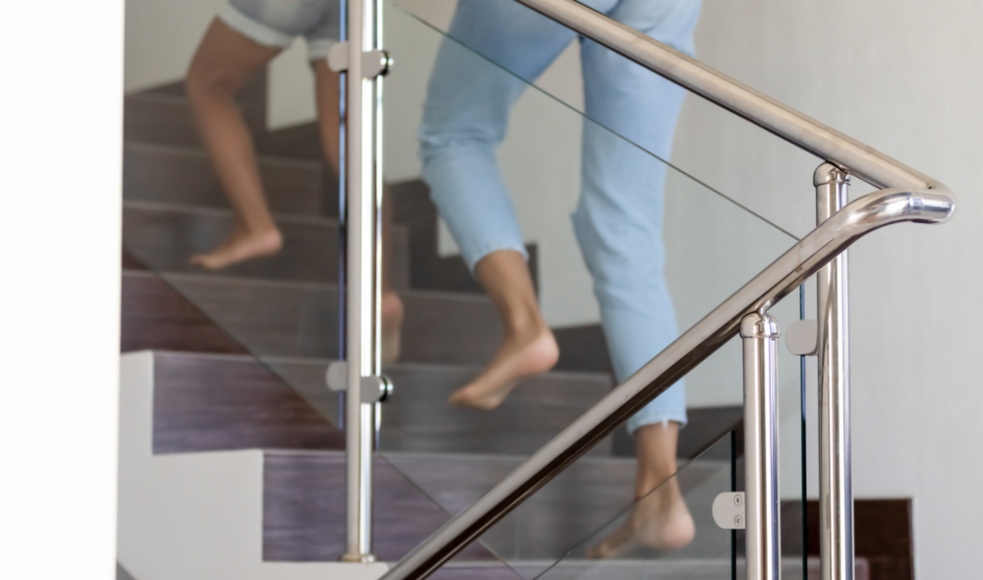Keeping fit in a pandemic

Photo by Shutterstock
BY Martin Gibala
May 8, 2020
Martin Gibala is a professor in the Department of Kinesiology at McMaster University. His research has examined the health benefits of brief, vigorous exercise.
“I don’t have time.” It is the most-cited reason for not being more active.
A cruel twist of the novel coronavirus pandemic is that the necessary public health response has eased one barrier to fitness, but worsened another. Many people have time to spare, but stay-at-home directives and physical distancing provisions have limited access to space and equipment. Even hiking trails are closed off.
While some jurisdictions have recently started to ease restrictions, it may be some time before gyms and recreation centres are opened. And when they do, barriers will continue. Only a fraction of their clients will likely be accommodated at one time.
So how to keep fit during a pandemic? Improvise.
Just get moving, and do something. In these uncertain times, know that science supports a simplified approach to fitness.
First, remember why you should care. A higher cardiorespiratory fitness lowers your risk of dying and developing conditions such as cardiovascular disease and type 2 diabetes. It is a stronger predictor of mortality than many traditional risk factors such as smoking.
Less fit individuals can also be more vulnerable to severe illness if they contract a virus.
Leading health agencies such as the American Heart Association have called for fitness to be clinical vital sign, something that is routinely measured like breathing rate and blood pressure. The most objective measure of fitness is a maximal oxygen uptake test, which requires specialized laboratory equipment. It is not practical for most people.
Want to estimate how fit you are right now? Test yourself using the World Fitness Level calculator. Based on extensive research from the Norwegian University of Science and Technology, it provides a tool to gauge your fitness by answering a few questions.
Keeping fit despite minimal space and no special equipment is not a novel idea. 5BX — “five basic exercises” — was a no-fuss program developed for Canadian pilots stationed in remote outposts during The Cold War. It involved alternating bouts of calisthenics and running in place, and required only 11 minutes per day.
Recently updated physical activity guidelines in the United Kingdom and United States eliminated the previous requirement that activity had to occur in bouts lasting at least 10 minutes. New Canadian guidelines are pending, but this recommendation aligns with increasing evidence that shows even brief bouts of activity can be beneficial for health.
Surprisingly small doses of brief vigorous activity, in which short bursts of hard effort are interspersed with recovery periods, are particularly potent.
Even repeatedly ascending and descending a single flight of stairs for a few minutes per day can boost fitness.
Muscular strength is also important, but there is no need to lift heavy weights. Simple bodyweight exercises like air squats, lunges and wall sits will do the trick. Consider that the ability to rise from a seated position affects your capacity to live independently as you age. Low muscular strength has also been linked to a higher risk of depression.
Finally, beware the Internet and social media, but know there are quality resources available online. Look for those from established professionals whose credentials can be independently verified. A free course developed at McMaster University, Hacking Exercise for Health, offers evidence-based tips through short, video tutorials.
What if all Canadians seized this moment, in a collective effort to enhance the physical (and mental) health of the nation?
The savings realized could help offset the tremendous investment that will be needed to combat the effects of COVID-19.
Challenge yourself to be more fit at the end of this pandemic, as compared to when it started. Or at least commit to not losing fitness while largely confined at home. Many of us can spare the time right now.


